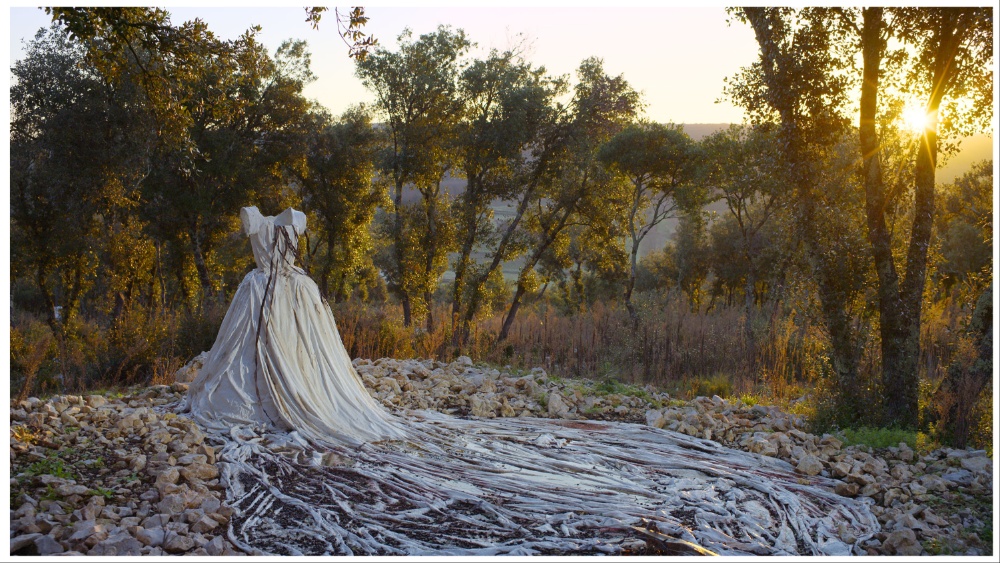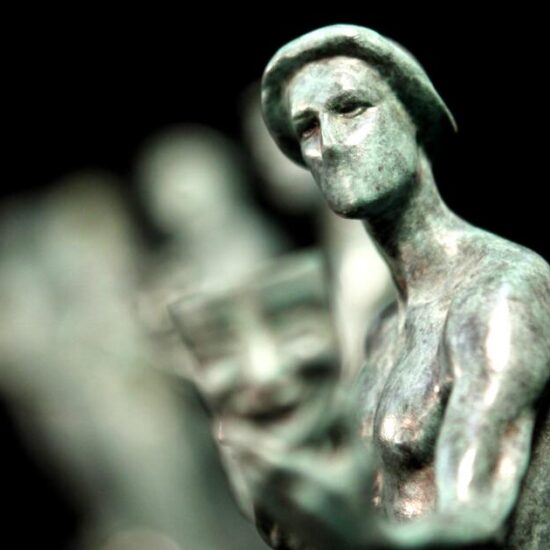
Wim Wenders, whose immersive 3D portrait of artist Anselm Kiefer, “Anselm,” had its world premiere at the Cannes Film Festival as a Special Screening, is a passionate advocate of the 3D format, which he believes engages the human brain in ways that 2D fails to do.
“You could just as well be brain dead in some movies, because the amount of brain activity is minimal. In 3D, however, your whole brain is aflame,” he tells Variety. “Parts of your brain are working to establish the space – which is something you’re doing yourself: you get two separate images on the screen and your brain is putting them together, just like you do in life with your two eyes. So, your brain is enormously active, but other parts of your brain are active as well – you are emotionally more involved as you are more ‘there’.
“In theaters, we get used to the fact that everything is there on the screen, and we’re here, in front of it, and we’re not there. In 3D, you are there. And all of a sudden, a lot of your instincts are active furiously that are not active if you’re watching ‘Fast & Furious 10.’ Well, in those movies, there might be more adrenaline going on, of course, but your brain is less ‘involved’.”
Kiefer is one of the most innovative and important painters and sculptors alive today. Wenders explains why the immersive format was chosen for this portrait. “3D was the ideal language for this because his world is so vast, and so intense, I wanted to put the audience right in front of it. A two-dimensional screen cannot handle it. On 3D, you see several times as much as on a regular screen, you see more than you’ve ever seen in cinema before.
“Simply because of the depth of its layers, you see a quadruple of what you normally see, an insane amount of information. That is a great advantage, of course, but 3D also shows every mistake, they are enlarged as well. You see more, you have to take in more, and your brain is working in overtime.”
“Anselm”
As well as using 3D, Wenders also employed a combination of different media, and the documentary film has a slight fiction feel to it.
Wenders explains: “I didn’t want to make a film of a biographical nature. Somehow, biographies don’t interest me, I don’t even read biographical books. Other people love them, I get bored by them. However, I love the work, artistic works, by writers, poets, painters, choreographers, architects.
“The thing about Anselm was not his life, it is what came out of this life and how he arrived at doing his specific work. The work is really the artist’s biography. And sometimes I felt the audience needed to know a little bit about the details of his life. The fact that he was born right at the end of the Second World War. And where he grew up.
“As there’s still a huge child left in Anselm, it was interesting who that child could have been and what this child was impressed by. His childhood and youth were relevant, and was very much the source of his creativity, or at least part of it, because he’s also a savant.
“He knows about so many sciences, he knows about astronomy, physics and mathematics, as well as mythology and history … He’s an enormously well-read man. In his mind, he can turn all of that input into painting. He doesn’t think that anything is excluded from painting or sculpture, he’s not scared of setting it all into painting. He could have become something altogether different. But he chose to become a painter to combine the whole knowledge of the world, and all the beauty and all the ugliness and especially everything that tends to be forgotten. He puts it all into his paintings…”
Kiefer expresses an ambivalence for being German through his work, and this is shown in the film. There are both the positive aspects of being German – the achievements in literature, culture and music, for example – but also, the negative aspects of their history, and in particular what happened during the Nazi period.
“I know the amount of work he invested to overcome this past, to battle with it. His canvasses were that battleground. To not forget this past, to learn the lessons from it, to remind people of it and to become a voice against forgetting, that is one of the main driving engines of his creativity,” Wenders says.
“I know the guts it took him to stand there in the late 60s in these works he called ‘Occupations’ in various European countries, and to repeat the Nazi salute, only in order to remind people that: ‘Thirty years ago, you were all fucking doing it! And don’t pretend you didn’t know a thing. And why did you forget so quickly?’ It took a lot of guts, and, of course, he was taken for a Neo Nazi, because people at the time couldn’t cope with the idea that somebody was there who was not letting it all just drown in forgetfulness.”












